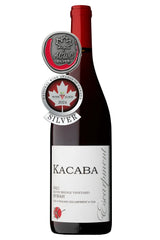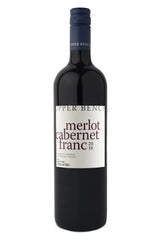Icewine
Icewine is Canada's liquid gold – a dessert wine that's become our viticultural claim to fame. Produced from grapes that have been left to freeze naturally on the vine until temperatures dip below -8°C, these frozen gems are hand-harvested (often in the middle of the night!) and carefully pressed to release a concentrated nectar that's bursting with intense flavors and natural sweetness. The result? A perfectly balanced sweet wine with crisp acidity that's unlike anything else in your glass.

Quick view 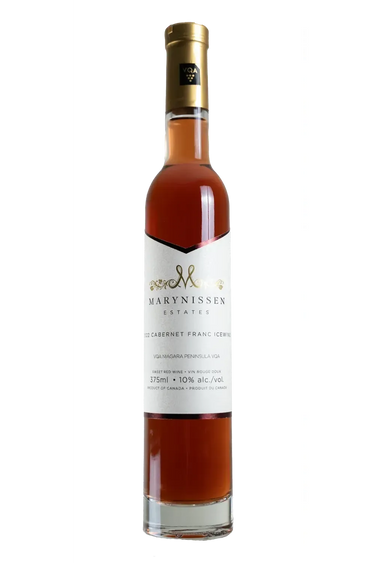
Quick view 
Quick view 
Quick view 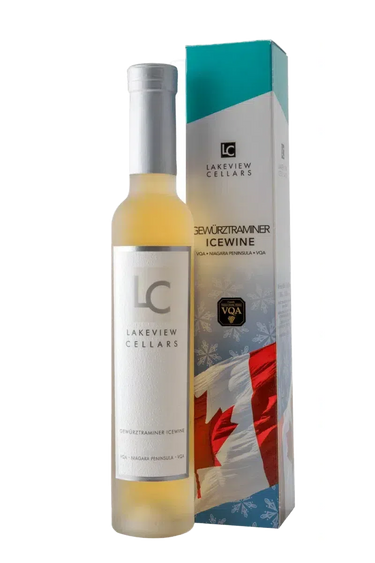
Quick view 
Quick view 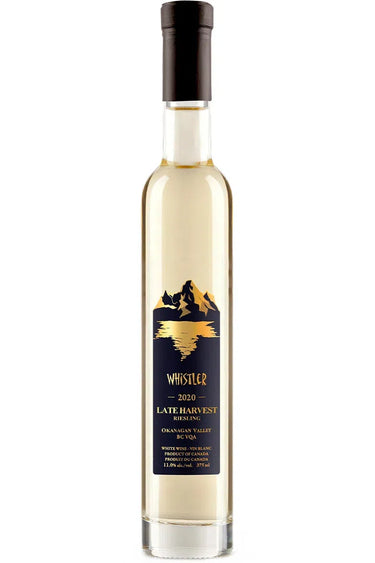
Quick view 

Quick view 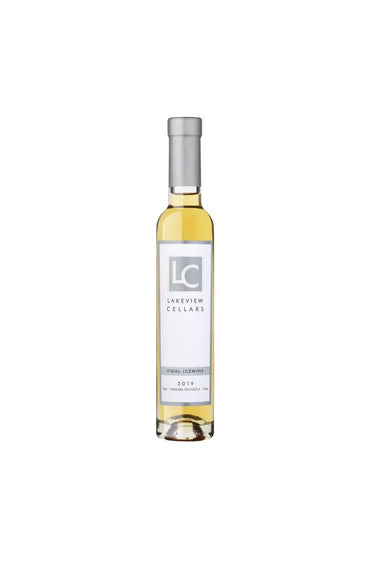
Quick view 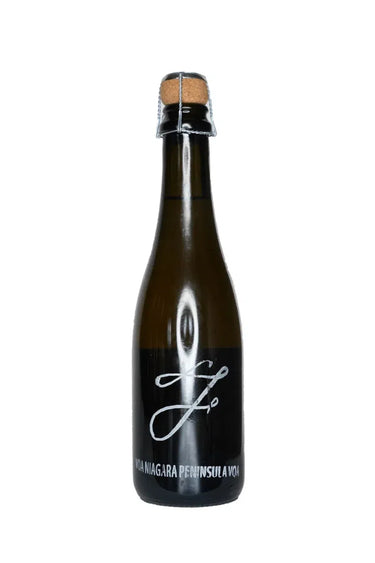
Quick view 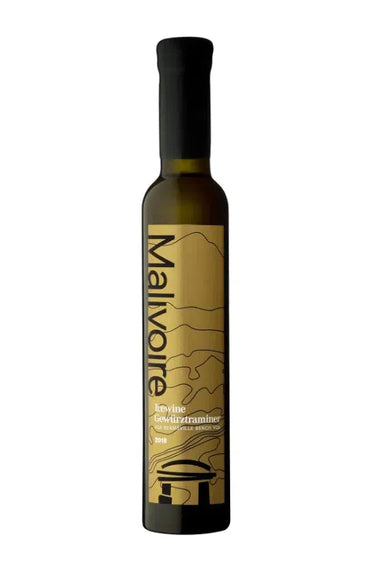
Quick view 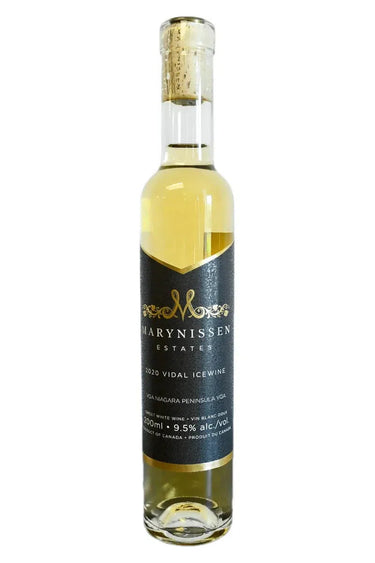
Quick view 
Quick view 
Quick view 
Quick view 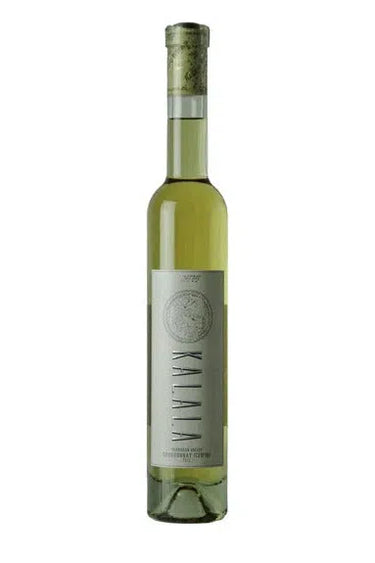
Quick view 
Quick view 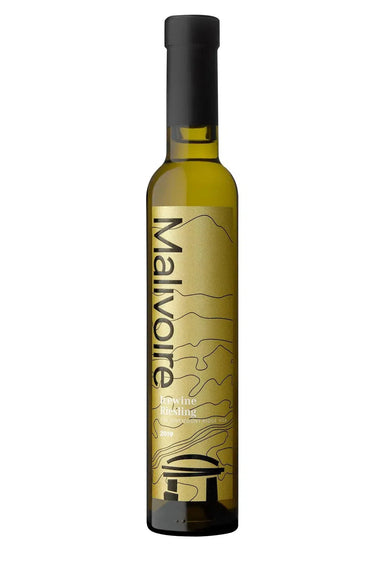
Quick view 
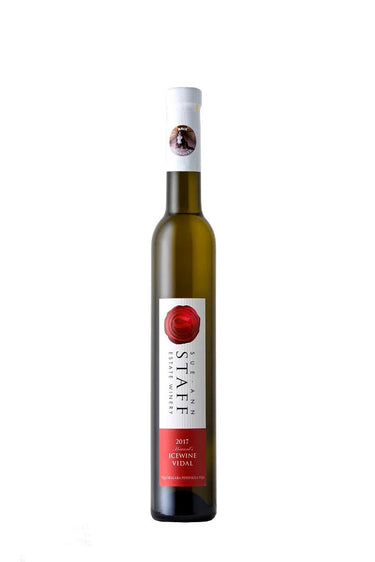
Quick view 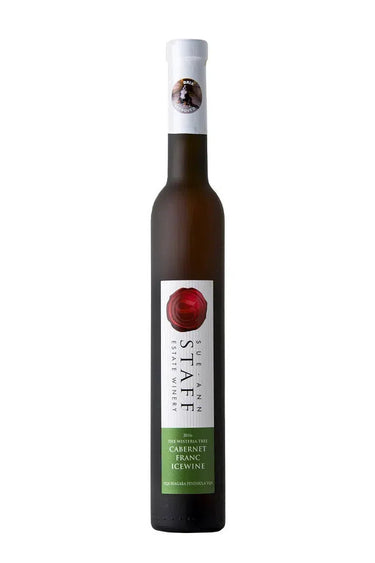

Quick view -
What Makes Canadian Icewine So Special?
Canadian Icewine is often called "liquid gold" for a reason. Its intense sweetness, vibrant acidity, and luxurious mouthfeel make it one of the most celebrated dessert wines in the world. Our unique climate and rigorous winemaking standards set Canadian Icewine apart.
How Our Climate Creates Ideal Icewine Conditions
Canada’s cold winters and warm summers create ideal Icewine conditions. In Ontario, temperatures reliably dip below -8°C—cold enough to naturally freeze grapes on the vine. This freezing concentrates sugars and acidity, creating Icewine’s signature balance.
Vidal Blanc is the most common variety, loved for its tropical fruit notes. Riesling offers crisp acidity and citrus, while red varieties like Cabernet Franc add depth with berry notes. These grapes thrive in Canada’s cool climate and are key to Icewine’s distinctive profile.
Why Canadian Icewine Leads the World
Canadian Icewine gained global attention when Inniskillin’s 1989 Vidal Icewine won top honors in France. Since then, Canadian producers have consistently earned international recognition.
Strict regulations from the VQA ensure quality. Grapes must freeze naturally, be harvested at -8°C or colder, and reach high sugar levels (35 Brix). These standards, plus limited yields—up to 5 kg of grapes for just one 375ml bottle—mean every bottle is a small-batch treasure.
How to Choose the Right Icewine for You
Navigating the world of icewine doesn't have to be intimidating. With so many options available from Canadian wineries, finding your perfect bottle is all about understanding your preferences and knowing what to look for.
What Do You Want Your Icewine to Taste Like?
Different grapes bring different flavors. Vidal Blanc is lush and fruity, while Riesling is zesty and floral. Cabernet Franc Icewine is bold and berry-forward. Some producers even offer unique styles like sparkling or oak-aged Icewines.
Budget-Friendly Options vs. Premium Bottles
Not all Icewine is expensive. Start with a 200ml bottle or a high-quality late harvest wine like Cave Spring's Indian Summer Riesling. For special occasions, look to premium producers like Henry of Pelham or Inniskillin for complex, age-worthy options.
What is icewine and how is it made?
Icewine is a sweet dessert wine produced from grapes that have naturally frozen on the vine. Harvested in winter temperatures below -8°C, the frozen grapes are pressed while still frozen, yielding concentrated juice as the water remains frozen. This results in a naturally sweet wine with intense flavors and crisp acidity. The process is labor-intensive and highly regulated in Canada, requiring specific weather conditions that make each vintage unique.
Why is Canadian icewine so special?
Canadian icewine is considered "liquid gold" because Canada's climate, particularly in Ontario, allows for consistent annual production unlike other regions. The country's strict VQA regulations ensure exceptional quality, requiring grapes to freeze naturally on the vine. Since Inniskillin's 1989 Vidal Icewine won a prestigious award in 1991, Canadian icewines have gained international acclaim for their intense flavors, perfect balance of sweetness and acidity, and remarkable complexity.
What grape varieties are used for icewine?
The most common grape varieties for Canadian icewine are Vidal Blanc, Riesling, and Cabernet Franc. Vidal dominates with tropical fruit notes and honey characteristics. Riesling produces icewines with racier acidity and citrus profiles. Cabernet Franc creates unique red icewines with strawberry and rhubarb flavors. Other varieties include Gewürztraminer, Chardonnay, and Merlot. Each grape contributes distinct characteristics to the finished wine.
How should icewine be served?
Icewine should be served chilled at 10-12°C (50-54°F) in a traditional white wine glass to fully appreciate its aromatic qualities. While often enjoyed as a dessert wine, it's also excellent as an aperitif or afternoon treat. A standard serving is about 2 ounces (60ml) due to its sweetness and intensity. Once opened, store the bottle in the refrigerator and consume within 3-5 days for optimal flavor.
What foods pair well with icewine?
Icewine pairs wonderfully with blue cheeses like Roquefort or Stilton, as the saltiness balances the sweetness. It complements foie gras and rich pâtés beautifully. For desserts, choose options less sweet than the wine—fresh fruit tarts, lemon desserts, or vanilla panna cotta work well. Spicy Asian cuisine and salty nuts also create excellent contrasts. Remember that icewine should be sweeter than any dessert it accompanies.
How long can icewine be stored?
Properly stored icewine can age beautifully for 10+ years. Keep bottles in a cool, dark place at a constant temperature (around 12-15°C). Store horizontally if using natural cork closures to keep the cork moist. As icewine ages, its color deepens and flavors evolve from fresh fruit to honey, caramel, and nuts. The high sugar and acid content act as natural preservatives, allowing these wines to improve with time.
Are there different styles of icewine?
Yes, icewine comes in several styles. Traditional still icewines can be white or red depending on the grape variety. Sparkling icewine offers bubbles with concentrated sweetness. Some producers create innovative variations like pear ice or maple icewine. The style also varies by region—Niagara Peninsula icewines often show rich tropical notes, while Okanagan Valley versions may display more mineral characteristics. Each producer's approach creates unique expressions.

